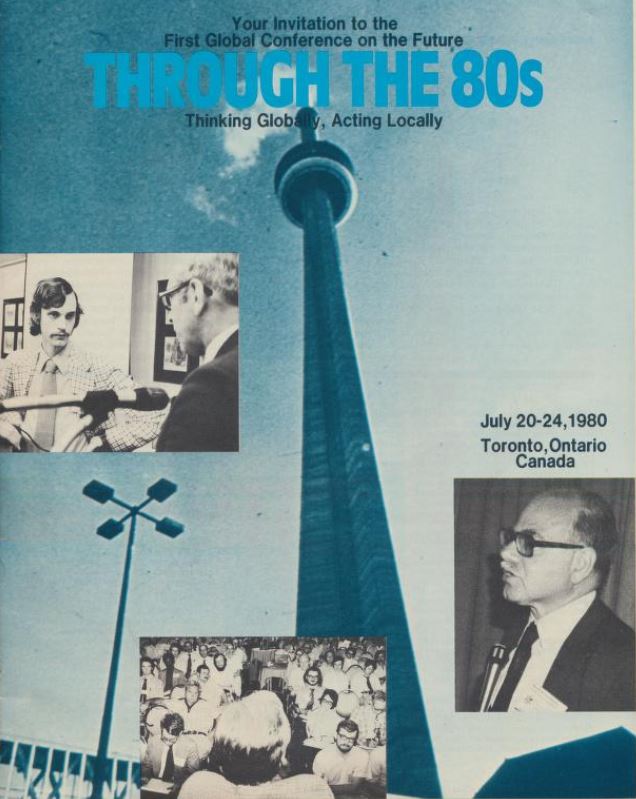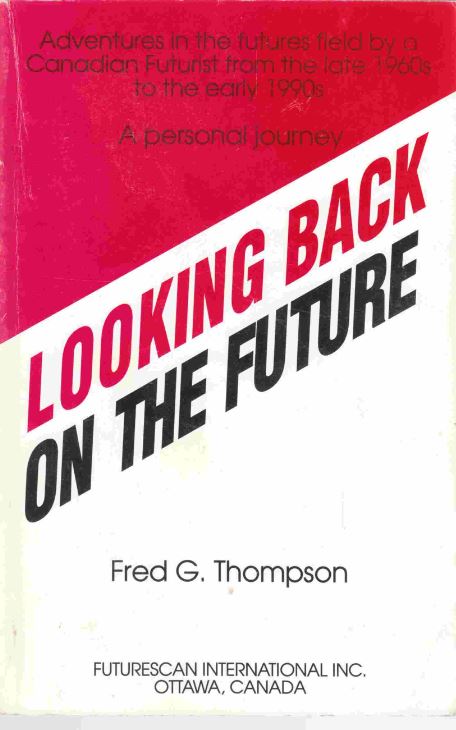McLuhan often referred to Marjorie Crump’s 1931 The Epyllion from Theocritus to Ovid. For example, in his ‘Introduction’ to Alfred Lord Tennyson: Selected Poetry, published in 1955, but apparently written and submitted years earlier, perhaps as early as 1951, he cites Crump describing “the general characteristics of this form” (Crump, 22) as follows:
An epyllion is a short narrative poem. The length may and does vary considerably, but an epyllion seems never to have exceeded the length of a single book, and probably the average length was four to five hundred lines. The subject is sometimes merely an incident in the life of an epic hero or heroine, sometimes a complete story, the tendency of the author being to use little-known stories or possibly even to invent new ones. The later Alexandrians and Romans preferred love stories and usually concentrated the interest on the heroine. (Crump, 22)
This same passage from Crump was then re-cited decades later in From Cliché to Archetype (1970) in the course of a long self-quotation there from that same Tennyson ‘Introduction’:
The only extensive study of this form is Marjorie Crump’s The Epyllion from Theocritus to Ovid, which is discussed in the Introduction to Tennyson by Marshall McLuhan: “The so-called art of the little epic (the idyll and epyllion) was a late Greek form associated with magical rituals. It was especially cultivated by Theocritus, who was Tennyson’s favorite poet. Theocritus and the Alexandrian school were directly responsible for “the new poetry” of Catullus, Ovid, and Virgil.
The work of Theocritus, Catullus, Ovid, and Virgil, masters of the epyllion, needs to be known for any deep understanding of Tennyson’s technique in narrative poetry. But the discontinuous technique of the epyllion is equally the clue to the art form of Dubliners, of The Waste Land, and of The Cantos. Professor Crump describes the epyllion as follows: ‘… a short narrative poem. The length may and does vary considerably, but an epyllion seems never to have exceeded the length of a single book, and probably the average length was four to five hundred lines. The subject is sometimes merely an incident in the life of an epic hero or heroine, sometimes a complete story, the tendency of the author being to use little-known stories or possibly even to invent new ones. The later Alexandrians and Romans preferred love stories and usually concentrated the interest on the heroine.’ (…) Whereas the cyclic epic, as in Homer, moves on the single narrative plane of individual spiritual quest, the little epic as written by Ovid, Dante, Joyce, and Pound is ‘the tale of the tribe.’ That is to say, it is not so much a story of the individual quest for perfection as it is a history of collective crime and punishment, an attempt to justify the ways of God to man. From this point of view ‘In Memoriam’, like Petrarch’s Sonnets, is a seasonal cycle of little epics or idylls in the form of the individual quest. And the Idylls of the King is the collective quest, the tale of the tribe. The twelve idylls follow the cycle of the zodiac, each book corresponding faithfully to the traditional character of the twelve ‘houses’ of the zodiac. By following this traditional zodiacal track Tennyson was able over a long period to compose his twelve idylls in any order he found convenient.
The pattern of collective quest lends the prominent salvation note to the Idylls of the King and explains his philosophy of history. ‘The Coming of Arthur’ is thus the coming of the culture-hero, and Arthur’s struggles with the demonic earth powers are the theme of the cycle. The masculine-feminine duality of most of Tennyson’s Idylls of the King may have been suggested to him by the similar aspect of each house of the zodiac.”
Another essay on Tennyson, the 1960 ‘Tennyson and the Romantic Epic‘, also touches on Crump’s book:
The culture-hero as conceived in our time by James Joyce (Stephen Hero) is he who has learned the technique of intercession between the profane and the divine. He is the inventor of language, the one who can capture in his net the divine powers. In her Epyllion from Theocritus to Ovid, Marjorie Crump comments on the passion for abstruse erudition which attached itself to the little epic forms: “The fashion for learning affected not only the style but the choice of subject. Scholars searched their records for unknown myths, strange customs and marvels of all kinds. The idea of explaining some custom or ceremony, which appears in certain of the Attic tragedies, took firm root in Alexandrine poetry, and gave rise to the Aitia of Callimachus and to various poems dealing with ktiseis or the founding of cities.” Here is an aspect of little epic which never leaves the form whether it is cultivated by Virgil, Dante, Chaucer, Spenser, or Marlowe. But its major phase is found in Joyce, Pound, and Eliot. Digression is the principal artistic device by which little epic exists. The reason for this is quite simple. To transcend time one simply interrupts the natural flow of events.
McLuhan wrote an introduction (‘Empedocles and T.S. Eliot’) to Empedocles by Helle Lambridis which appeard in 1976. Here again Crump is referenced after a citation from Empedocles:
“I shall speak a double truth;
at times one alone comes into being;
at other times out of one several things grow.
Double is the birth of mortal things and double their demise.
For the coming together of all both causes their birth
and destroys them; and separation nurtured in theirbeing makes them fly apart. These things never stop
changing throughout, at times coming together throughAmity in one whole, at other times being violently
separated by Strife. Thus, on one side, one whole
is formed out of many, and then again, wrenched from
each other, they make up many out of one. This is
the way they become, and their life is not long their
own, but in as far as they never stop changing throughout,in so far they are always immobile in a circle.” (…)
[McLuhan:] Empedocles (…) stresses “a double truth”. This is a matter central to Eliot, but it is also closely involved in the work of Yeats, who, as I have suggested, has elucidated the procedure in his brief essay on “The Emotion of Multitude”. This emotion, or sense of the universal in the particular, is born of “a double truth”, somewhat in the mode of Quantum Mechanics where the chemical bond is the result not of a connection but of a “resonant interval” such as must obtain between the wheel and the axle. The means [or media!] indicated by Yeats for achieving the emotion of multitude are familiar to modern students of Shakespeare under the head of “double plots”, and these means were taught in antiquity as essential to the aitiological epic or the Epyllion. (See Marjorie Crump’s The Epyllion from Theocritus to Ovid.)
One of McLuhan’s last publications, the 1979 ‘Pound, Eliot, and the Rhetoric of The Waste Land’ reverts to Crump once again:
The discontinuous epyllion, or mythic, structure, as Marjorie Crump explains, requires a plot and digression, or a double plot, which constitutes a metamorphic structure of figure in interplay with ground — necessary to the etiological epic, a study of origins and causes.
One chapter in Crump must have particularly struck McLuhan, reminding him of Eric Havelock’s 3-part essay, ‘Virgil’s Road to Xanadu’, which was published in the first year McLuhan taught at UT, 1946-1947. Since McLuhan does not appear to have read Crump before the early 1950s, it must have been this essay by Havelock, McLuhan’s UT colleague at the time, which introduced him to the epyllion form and may have prompted him to the study of Virgil which he made over the next decade.
Crump’s chapter begins:
The story of Aristreus, which closes the fourth Georgic, is the most beautiful of the Latin epyllia. Embodying, as it does, Vergil’ s most finished work in the epic style, it has at once the technical perfection (…) and the poetic beauty of Vergil’s greatest period. So direct is the narrative and so great the charm that it is almost a shock to the critic to discover that it is constructed on the lines of the formal epyllion, and is a genuine product of Alexandria. It is, in fact, an Alexandrian epyllion transfigured by that undefinable quality which constitutes the genius of Vergil. (178)
It was Havelock’s essay exactly on this Aristaeus episode in Georgics 4 (perhaps itself suggested by Crump’s monograph), that prompted McLuhan to a study of the epyllion form and of Virgil’s use of it — studies he began in the late 1940s. And it was these, not without other factors like his encounters at that time with Mallarmé and Innis, that prompted McLuhan to a changed sense of the “intercession between the profane and the divine’ (as cited above from his 1960 Tennyson essay). And it was this shift that entailed the great change recorded by him in his 1969 Playboy interview:
For many years, until I wrote my first book, The Mechanical Bride, I adopted an extremely moralistic approach to all environmental technology. I loathed machinery, I abominated cities, I equated the Industrial Revolution with original sin and mass media with the Fall. In short, I rejected almost every element of modern life in favor of a Rousseauvian utopianism. But gradually I perceived how sterile and useless this attitude was, and I began to realize that the greatest artists of the 20th Century — Yeats, Pound. Joyce, Eliot — had discovered a totally different approach, based on the identity of the processes of cognition and creation. I realized that artistic creation is the playback of ordinary experience — from trash to treasures. I ceased being a moralist and became a student.
The great lesson from the epyllion form is put by Crump as follows:
The digression [on Orpheus and Eurydice] obeys the [Alexandrian] convention which requires a contrast of style in the two parts of the epyllion. The convention of a contrast and yet a parallel in subject is also observed. The main subject [Aristaeus and his bees] is the story of a loss, which is ultimately made good. The digression [Orpheus and Eurydice] tells of loss without recovery, the pathos being heightened by the frustrated restoration of Eurydice [from Hades]. Underlying the pathos is the moral, characteristic of many of Vergil’s tragic stories, that the consequences of guilt fall most heavily on innocent people. Aristaeus, who is responsible for the whole tragedy, ultimately recovers his bees; for Orpheus and Eurydice there is no recovery. (189-190)
Until he was around 40, McLuhan had seen only the contrast between the tradition he revered and the modernity he detested. He had not also seen the parallel between them. And it was this change of vantage from mere exclusion — only difference — to inclusion — difference and unity — that spurred him to become a student of the two of them at once.
 ↩
↩